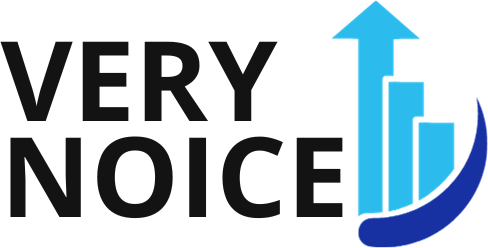Social media has become a powerful tool for individuals and organizations precisely because of its ability to reach millions of people essentially for free. It has grown so much in the last decade that, according to Data Reportal, there are now over 3.8 billion active social media users in the world. If you own or manage a business, you can leverage this incredible tool as a platform for your digital marketing strategies. Here’s how.
Audience
First, you’ll need to identify your audience. If you already have an established business, this should be a little easier. Just identify the people who usually buy your products. Understand their demographics. If you don’t have this data, you can start paying more attention to your offline sales. Of course, this doesn’t mean that you’ll ignore all the other potential markets. It merely serves as a baseline for your initial push. Let social media open new doors to new audiences.
Branding
Like any other online or offline platform, your use of social media has to be consistent with your organization’s messaging and branding. Yes, the colors and logos and pictures are essential, but so is every detail in your profile. If you wish to try on a new look here, you should also update all your other platforms like your storefront. That will help increase brand recognition and retention in your consumers. If you have a website, you can also work with a digital marketing agency to synchronize your branding across the board.
Content
When it comes to content, there is merit in always updating your profile. However, if you find yourself choosing between quality and quantity, you should choose the former. It doesn’t matter if you post a variety of content on your social media if these pieces do not offer value to your followers. That may even cause them to mute or unfollow you altogether. Make sure what you post offers value and is engaging to your target audience. If your content is good enough, it will encourage organic connections with the people.
Competition
When you’re starting, the sheer amount of possibilities this new platform offers can be overwhelming. One of the best things you can do at this point is to consult the websites of competitors. You don’t want to copy what they have, no. But you can learn so much by how they connect (or don’t connect) with their audience. What are they posting? Are they getting a lot of responses? Study their tactics so that you can identify your starting point.
Engagement

One of the best advantages of social media is how it enables you to meaningfully interact with your buyers and followers in a way that’s comfortable for them. People love engaging with organizations. You can discuss new releases, set up online (low-cost) mini contests, and so much more. Using social media, your buyers will feel more connected and invested in your company and your products.
Platform
Lastly, you’ll have to consider which platforms to use. Of course, you can create a profile for every one of those social media platforms like Facebook, Instagram, Twitter, and others, but this is difficult and not worth the time it would take in the beginning. Plus, you’ll have to consider your audience. Which platforms do they use? You’ll also have to take a look at your product line. If your products need a lot of pictures to be more appealing, for example, Instagram may be for you.
With these ideas in mind, you can reach out to more of your target audience, using social media platforms to market your business effectively.

